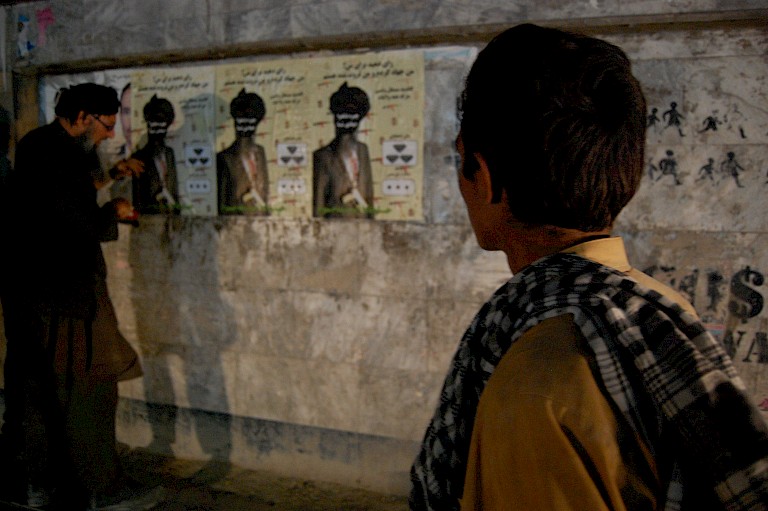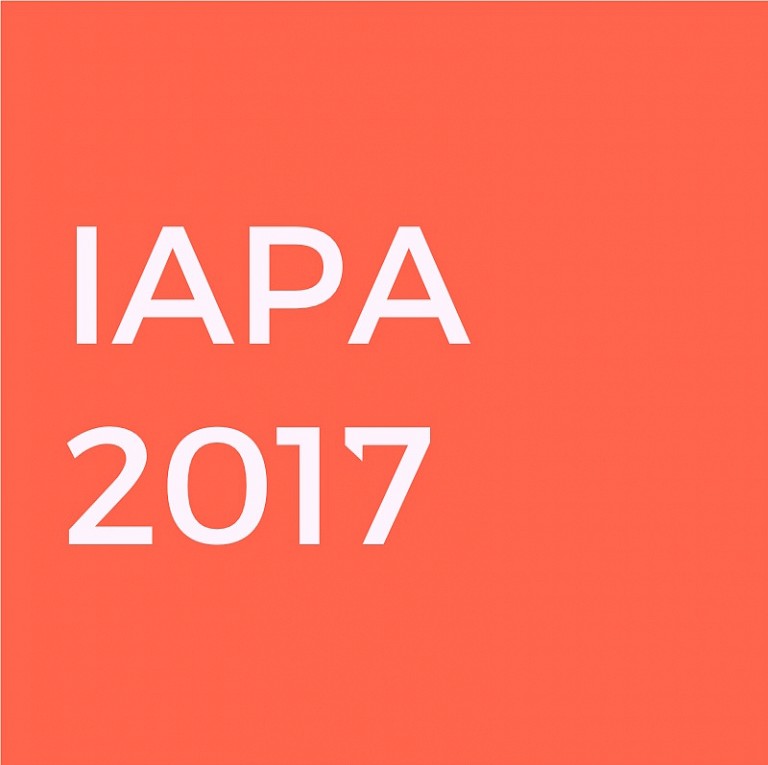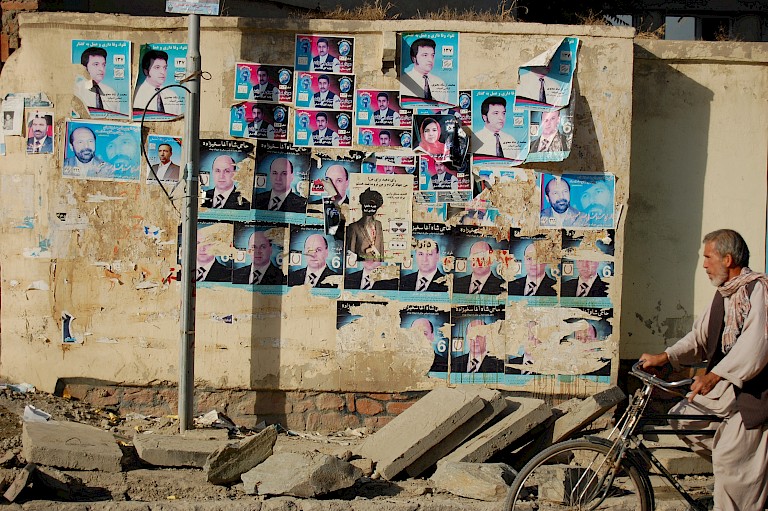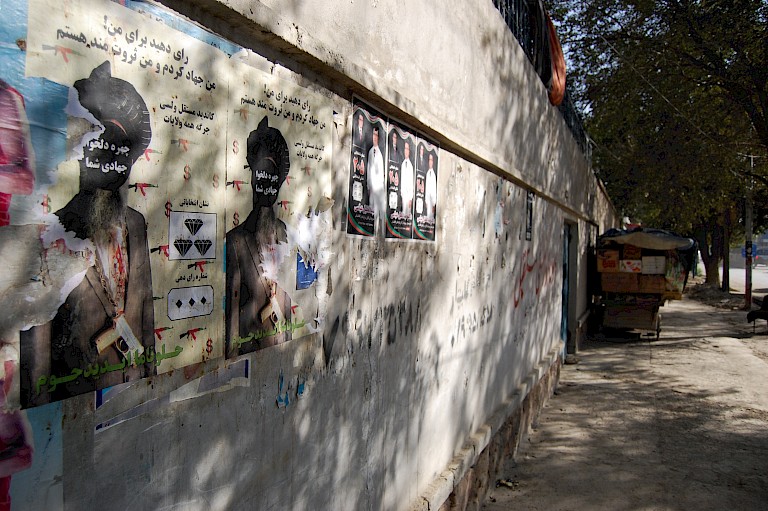



The series came back to him later in the year, during the run up to the 2010 Afghan Parliamentary Elections. Conversation with locals he interacted with on daily basis – vendors, shopkeepers, barbers, cabbies, a tea stalls etc, would turn to the candidates in legitimate campaign posters – their history, their ties with (or participation in) jihadist groups, their connections to local warlords, etc. Mojadidi quotes people saying “This candidate murdered 15 people in the village next to mine during the Civil War” or “That candidate is supported by Dostum (a warlord now part of the current Ghani administration) and is responsible for killing many innocent people.” Numerous news websites have documented an increasing number of warlords and drug traffickers taking part in the governing processes of Afghanistan since 2009, increasingly so with the withdrawal of American troops.
Mojadidi saw these candidates were, in essence, the real Jihadi Gangsters, all seeking political legitimacy through government office to further their pretense of religious righteousness and pursuit of economic wealth. This led to the culmination of his Jihadi Gangster parliamentary candidature with a poster campaign on the streets of Kabul, nestled amongst the other posters where true-life Jihadi Gangster candidates could be found. The poster was developed in the same style found on all the posters, with a portrait of the candidate (though with the face blacked out and the text “Your favorite Jihadi here” so people could insert whoever they had in mind), voting symbol (three large diamonds), candidate number (000), slogan (“Vote for me, I've done jihad and I'm rich”), and background design reflecting the three colors of Afghanistan's national flag (AK-47s and $ signs in red, black, and green).
The impact of the poster campaign was as immediate as it was widespread. Mojadidi was stopped by police on his way back from postering, as people had already registered complaints against it. Over the next few weeks the posters were noticed by Afghanistan’s Independent Electoral Commission (IEC) who set up an inquiry to find the culprits who created such ‘un-Islamic’ posters (which was eventually suspended as the IEC got embroiled in a larger vote-fixing scandle). Internationally the project was covered by CNN and the NPR network, among other news outlets.
The project combines Mojadidi's academic background in Cultural Anthropology with his artistic practice in Kabul. The artist, who is American born, moved to Kabul to understand his culture better. There he found a number of anthropological similarities between the US and Afghan people, which he tries to bring out in his work. To be able to talk about Afghanistan to it's people through art is an incredible achievement. While the creation of the Jihadi Gangster was risque enough, it is necessary to applaud the courage of the artist to have carried out this campaign - born out of everyday conversations with locals: barbers, cabbies, street vendors, etc, in a regime of uncertainty that censures free speech and creativity.
The artist had created a character - the Jihadi Gangster - a hypocritical self-sanctioned and self-aggrandizing warlord figure merging the notions of Islamic jihadism with Western bling gangster culture in early 2010. Later that year when parliamentary elections began, a lot of conversations around the gruesome histories of some of the candidates and their questionable associations with jihadis and warlords. This led the artist to create a poster campaign for the Jihadi Gangster. The project, created with photoshop and earlier photographs of the Jihadi Gangster, is a self-commissioned, self-funded effort by the artist. The posters were printed at a friends' office, as no printer was willing to print this material out of fear of incarceration.
All copyright belongs to Shanghai Academy of Fine Arts, Shanghai University.



